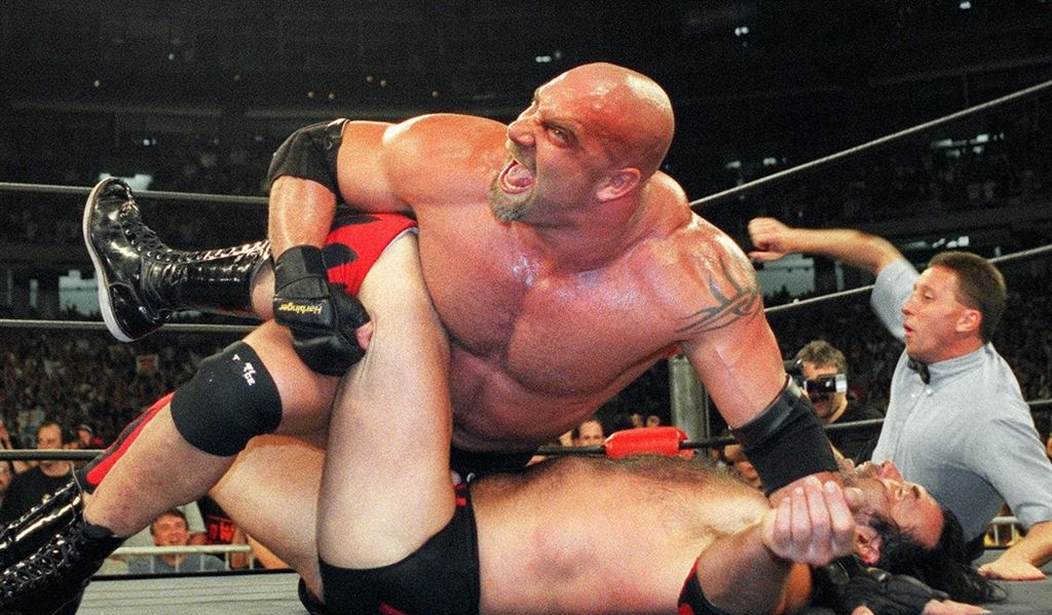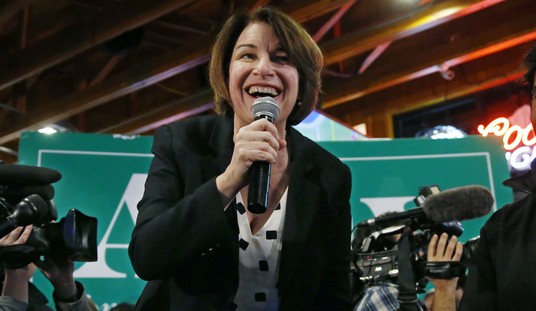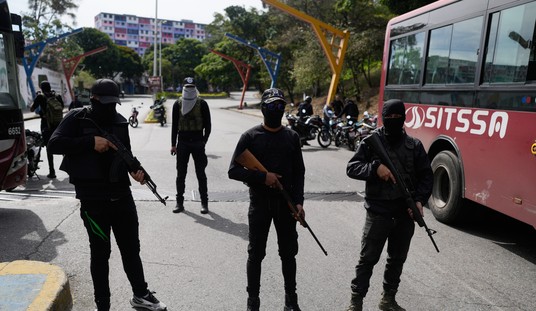I stumbled across this little “slice of life” video that is bouncing around Twitter today. You’ll certainly want to have the volume turned up in order to receive the full entertainment value.
Armed robbery in California doesn't go as planned pic.twitter.com/kVJiuxiDuD
— Fifty Shades of Whey (@davenewworld_2) April 17, 2021
Clearly, this gentleman has some skills and/or training in the art of unarmed self-defense. Everything he does is consistent with a well-trained response. He first gives ground in reaction to the threat, evaluates his situation and his alternatives, and then acts with speed and overwhelming physical violence to neutralize the immediate threat and the secondary threat. Then, rather than pursue into circumstances he’s unsure about, he lets them go in favor of ground he can defend if necessary, making sure the gun is left behind.
Among the thoughts that occurred to me after watching this was, “If only Kim Potter’s partner on the Brooklyn Center Police Department had responded similarly when Daunte Wright created a threat by re-entering his car with an intention to drive off, Wright would still be alive and Potter would not be facing manslaughter charges.”
Wright was not a large person. Tall, but pretty slight of build.
Would the events of that afternoon have worked out differently if, rather than the “let’s be respectful of the suspect’s sensibilities” approach to policing, the male officer was empowered by law and his training to handle Wright in the manner the citizen in the Twitter video handled the individual who confronted him with a gun in order to rob him?
I could be wrong in my analysis given that we only have this one video, but it seems to me that the officer working with Potter had the physical capability of simply jerking Wright out of the car and throwing him to the ground in the same fashion that we see in the first video. Is this a kind of policing we are able to tolerate as a society in response to threats, if it meant there would be fewer Daunte Wright-style shootings?
I’m talking about non-lethal force here, but force that could nevertheless cause injury to the suspect. I don’t know if its the right thing to do, but in my opinion, it’s better than the current trend towards the nonsensical babble we heard from Minneapolis Police Chief Arredondo about “sanctity of life and the protection of the public” being the two pillars for the Minneapolis Police “Use of Force” policy.
Including suspects like Daunte Wright as part of “the public” in that policy only deprives the police of the ability to bring dangerous situations to a fast and certain conclusion — short of using deadly force. It would be hard to argue that having a police officer deal with Wright — AFTER he got back into his car — in the same manner as the citizen dealt with the armed robber wouldn’t fit within the “protection of the public” aspect of the current policy.
But should that be the policy that’s applied to suspects like Wright AFTER he made himself a threat to the officers and the public by re-entering his car? Or should the officers have had the authority to do exactly what the citizen did to the armed robber — yank Wright out of the car with pure brute physical force and slam him to the ground to control him?
He’d still be alive.
Would there be fewer incidents like this next one, where the police officer was killed after an interminable “debate” with the driver about whether he needed to get out of his car?
That video is important and should be required viewing for all who are so critical of the two officers in Windsor, Virginia, who encountered Lt. Caron Nazario and had to decide on how to respond to his unwillingness to follow their lawful commands to step out of his vehicle.
Keep in mind that they followed Nazario with their lights and sirens activated for a minute and 45 seconds before he finally pulled into the gas station because he wanted to stop in a well-lit area. That justification is fine, but the two officers are unaware of that — or what he was doing inside his vehicle for the 1:45 he refused to pull over, while he had a lawful obligation to do so in response to their emergency lights.
Narzario’s decision to keep driving out of “fear” of stopping in a dark area escalated the “fear” of the officers about what the occupant of the SUV might be doing inside, while he was refusing to comply with his lawful obligation to pull over and stop in response to their lights.
The idea that has taken root that citizens have some right to debate with police the legitimacy of their exercise of police powers while they are doing so is at the core of the increasingly confrontational relationship between the police and the public. The law does not countenance that debate while police powers are being exercised. Save the debate for later when you file a complaint with the Department of Civilian Review Board, or in a civil lawsuit for violation of your rights.
Debating police on the streets, when tension and fear are high on both sides, is a recipe for disaster — and we’re seeing the results of that volatile mix far too frequently.
BOTH sides need to calm down. But in the current environment, the fear on the part of each is only ratcheting up the fear of the other.
Less policing doesn’t mean less violence. It’s just the opposite.
There is a plentiful and populous segment of our society that is happy to prey on and live off the goods and belongings of others. Less policing simply makes their “job” in that regard easier and will draw even larger numbers into such a lifestyle.
Stealing what you want and need is much easier, and takes far less time and far less effort than working for the same. Less policing means more crime, and more crime means more violence.
This is not complicated.















Join the conversation as a VIP Member